Fields of Doubt: Diddly Squat's Heartbreaking Battle with an Invisible Enemy
Unpack Diddly Squat's heart-wrenching TB battle. Discover the unseen realities of modern farming, the emotional toll of disease, and the quiet resilience behind the TV cameras.
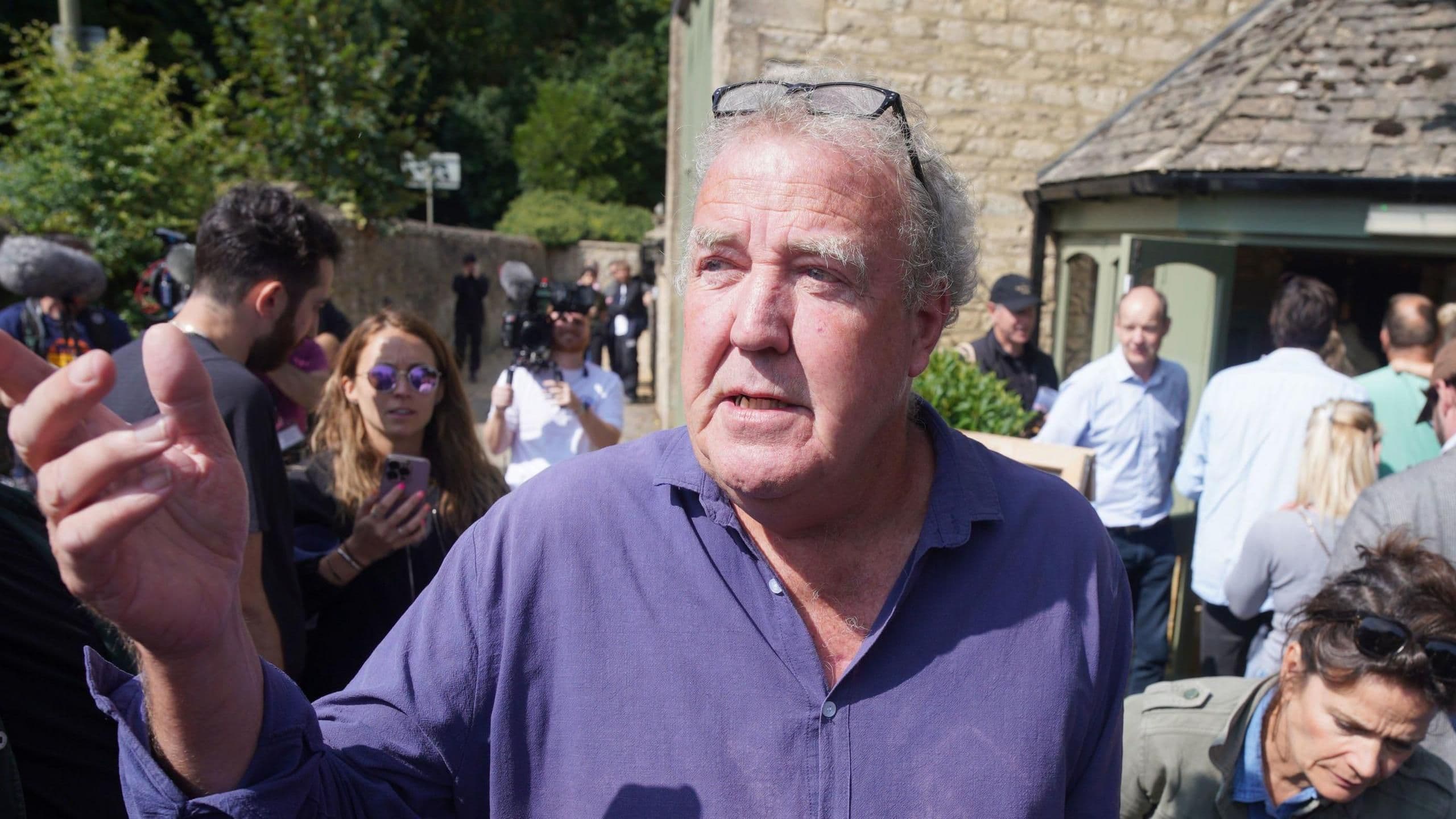
From TV Farm to Farming Reality: Clarkson's Unfiltered Journey
For many, , owned by the inimitable , has become synonymous with the entertaining, often chaotic, world of modern agriculture, thanks to its popular series. What began as a somewhat whimsical venture into farming, documented for laughs and learning, has now collided head-on with a stark, unforgiving reality: a devastating outbreak of . Clarkson's recent announcement on , stating his farm had "gone down with TB" and that everyone there was "absolutely devastated," including the poignant detail of an infected cow pregnant with twins, ripped through the veneer of television entertainment. This isn't just a plotline; it's a gut-wrenching blow. While viewers are accustomed to seeing Clarkson battle bad weather, challenging crops, or even local council planning disputes, this invisible enemy represents a far more profound threat. It immediately transforms the farm from a quirky TV set into a poignant case study, shining an unfiltered light on the harsh, often heartbreaking, realities that farmers across the nation face daily. It serves as a stark reminder that even a high-profile operation, with its unique resources and public platform, is not immune to the systemic issues that plague the agricultural sector, forcing a confrontation with the true, unvarnished challenges of food production.
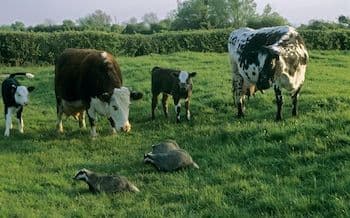
The Unseen Predator: Demystifying Bovine TB's Devastation
, or bTB, is far more than just a passing illness; it's a chronic, infectious disease that can affect most mammals, including, albeit rarely, humans. While rightly pointed out its primary impact is on cattle, the threat it poses to livestock is immense and insidious. This respiratory disease primarily spreads through close, nose-to-nose contact between animals, but can also transmit via contaminated saliva, urine, faeces, and even milk. The symptoms in affected cattle can be subtle at first, evolving into weight loss, recurring fevers, weakness, and persistent coughs, often accompanied by swollen lymph nodes. Its highly contagious nature means that once a single animal tests positive, the entire herd becomes vulnerable. The insidious spread, often facilitated by interactions between cattle and infected wildlife like badgers, makes it incredibly challenging to contain. This unseen predator systematically undermines herd health, productivity, and, as we'll explore, the very foundation of farming livelihoods, necessitating drastic measures to prevent its further spread.

Beyond the Beasts: The Emotional and Economic Fallout
The diagnosis of extends far beyond the clinical reality of an infected animal; it unleashes a torrent of emotional and economic devastation for farmers. Imagine the heartbreak of facing the culling of beloved cows, especially one pregnant with twins, as described. This isn't merely about losing livestock; it's about severing deep bonds, losing years of breeding efforts, and witnessing the forced demise of sentient beings under one's care. The emotional toll is immense, often underestimated by those outside the agricultural community. Financially, the impact is equally crippling. While compensation schemes exist, they rarely cover the full economic loss, which includes not just the value of the culled animals but also the costs of repeated testing, potential loss of income from milk or meat production, and the significant disruption to farm operations. Farms in high-risk areas, like 's 'edge zone,' endure the time-consuming and expensive burden of six-monthly testing, a constant reminder of the invisible threat. This relentless cycle of testing, potential positive results, and mandatory slaughter creates an atmosphere of perpetual anxiety, eroding farmer confidence and threatening the viability of their entire enterprise.

A Landscape of Legislation: Policy, Practice, and the Future of Control
Navigating a outbreak also means grappling with a complex web of government policies and regulations designed to control, and ultimately eradicate, the disease. These measures, while crucial for public health and livestock welfare, often impose significant burdens and controversies. Farms in 'edge areas' like , serving as buffer zones between high and low-risk regions, are subject to stringent six-monthly testing protocols, a constant and costly undertaking. When an animal tests positive, or even shows inconclusive results twice, it must be isolated and sent for slaughter, a non-negotiable step to prevent further spread, with compensation offered under specific regulations. The role of badgers in disease transmission has long fueled a contentious debate, leading to widespread culling policies that have drawn fierce criticism from animal welfare groups. However, there's a discernible shift in approach, with the government committing to end the badger cull before the next election and emphasizing the rapid rollout of badger vaccinations. This evolving legislative landscape reflects the ongoing struggle to find effective, ethical, and sustainable solutions to a problem that continues to challenge the very fabric of the 's agricultural sector.
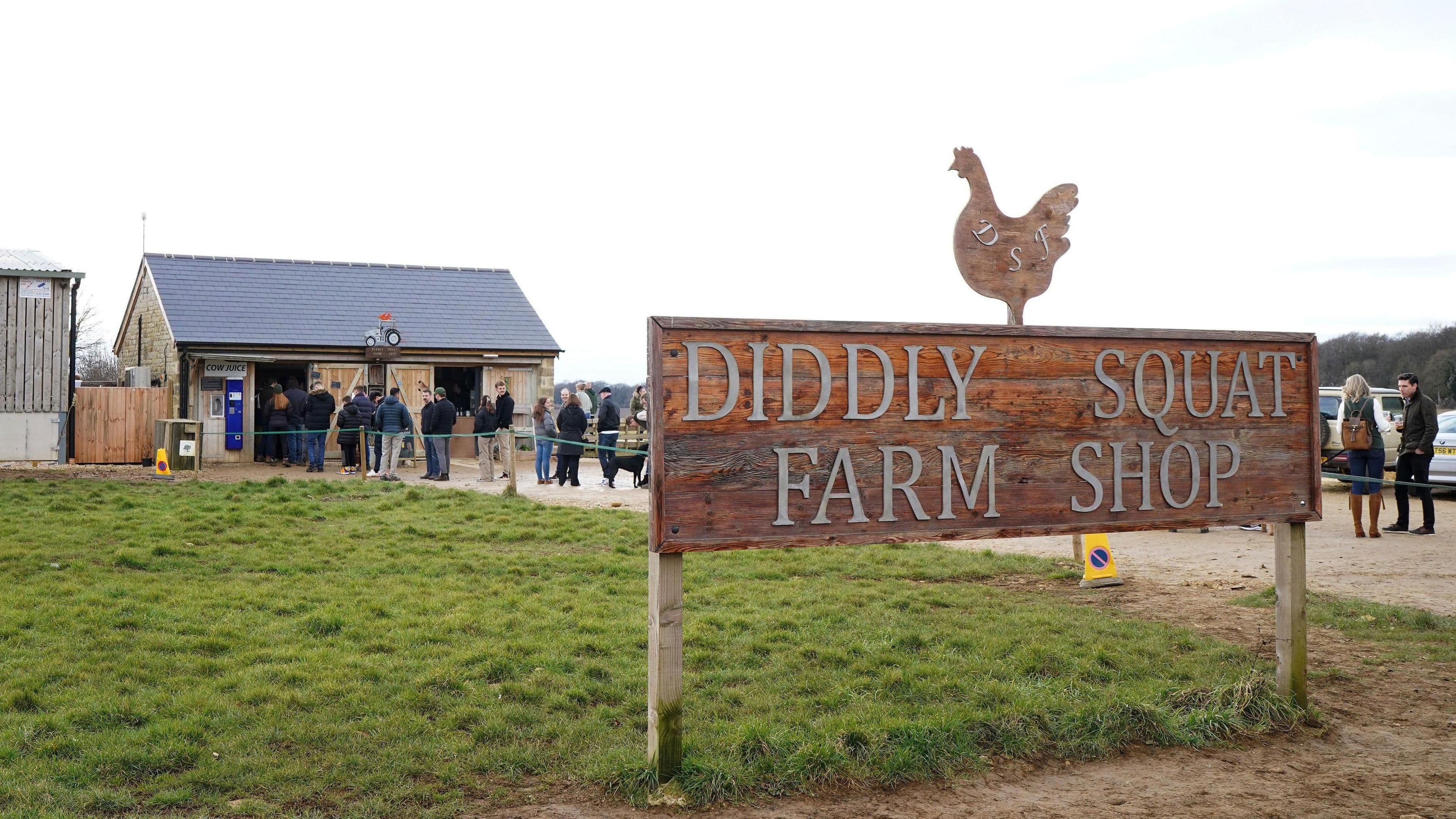
Diddly Squat's Enduring Spirit: Lessons from the Land
's journey at , from an initial foray into agriculture in 2019 to now facing the harsh realities of , offers invaluable lessons about the enduring spirit required to work the land. His public struggles, meticulously documented for a global audience, have unexpectedly become a powerful testament to the resilience of farmers everywhere. While Diddly Squat might benefit from a spotlight most farms don't receive, the fundamental challenges it faces—be it unpredictable weather, the tragic loss of livestock, or bureaucratic planning battles—are universal. The recent bTB outbreak underscores that farming is not a romanticized idyll but a relentless, high-stakes endeavor. It demands adaptability, emotional fortitude, and a deep, often unacknowledged, commitment to food production. Clarkson's unfiltered experience, particularly the devastation caused by bTB, serves as a poignant reminder of the profound personal investment and financial precarity inherent in agriculture. It highlights the critical need for continued support, innovative disease management, and a deeper public understanding of the invisible enemies and daily adversities that shape the lives of those who feed us. Diddly Squat, in its trials, truly reflects the unwavering, yet often uncelebrated, spirit of farming.
Related Articles
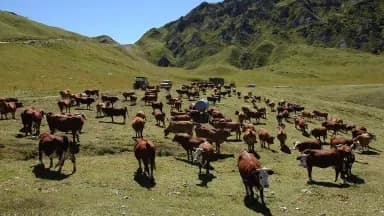
France's Lumpy Skin Shock: The High Stakes and Hard Choices in a Nationwide Eradication Effort

France's Lumpy Skin Shock: The High Stakes and Hard Choices in a Nationwide Eradication Effort

Scales of Contention: The Unsettling Demise of a Jordan Valley Crocodile Farm

Scales of Contention: The Unsettling Demise of a Jordan Valley Crocodile Farm
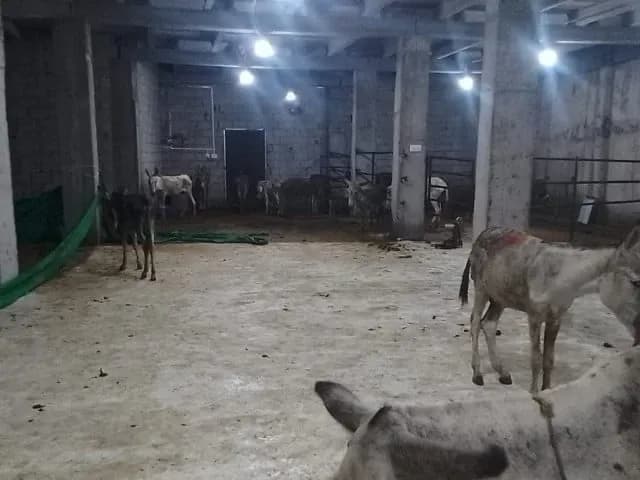
The Farmhouse Files: Unraveling Islamabad's Disturbing Illicit Meat Network

The Farmhouse Files: Unraveling Islamabad's Disturbing Illicit Meat Network

Pastures of Paradox: Sandrine Rousseau's Unlikely Breton Retreat
